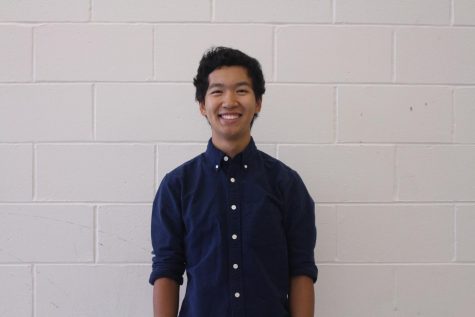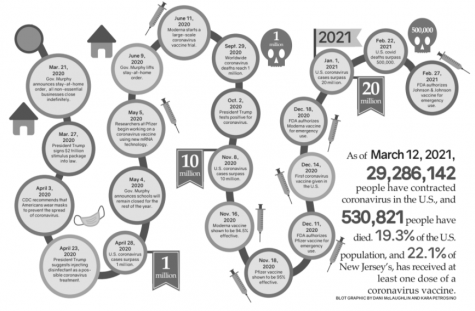Multiple leadership positions are not a cause for concern
May 8, 2020
While the COVID-19 pandemic may have drastically changed how CHS is choosing their next generation of leaders, one thing remains the same: the school is full of talented and dedicated individuals. With such driven students, every spring sparks a competitiveness within every club or council election. In some cases, students can run for multiple positions, taking up spots in an already cutthroat race. In response to this, some have suggested a “leadership cap” to limit the amount of positions one student can take on. However, such a concept can cause more harm than good.
If someone is qualified for a position, proves their commitment and truly cares about a club, then nothing should stop them from taking on a leadership role. Holding more qualified people back for the sake of giving someone else a position can risk creating councils that cannot perform as well, handicapping the club for the next year. Those who hold multiple positions often do so because they’ve proven their ability to handle the challenge. In fact, serving in multiple areas of leadership helps create students that are diverse in their talents and experiences, something that can be applied for the rest of their lives.
A limit on leadership is also nearly impossible to quantify because different positions vary vastly in difficulty and time commitment. For example, a position like SGA President couldn’t be equated to a smaller role like a committee head for a class event. While both are vital in helping our school function, the former clearly requires more year-round work and attention. A limit also proves to be logistically difficult because it’s harder to track and evaluate out-of-school positions.
It’s up to each individual to know their limits when deciding how many leadership positions to take on, as well as the club’s responsibility to think smart when they’re voting for or choosing next year’s councils. At a school as small as CHS, one has the opportunity to know candidates on a deeper level than they would at their home high schools. They should think critically about whether or not they trust a student to manage their time and provide full dedication to a club. Students should then make the best choice based on the facts presented to them. It’s a model that’s realistic of the adult world, where leadership limits don’t exist and, in fact, many people hold roles in multiple organizations.
However, students seeking leadership, whether through an election or a selection, should be transparent about how many positions they have. Not only does it showcase outside experience and a sign of a maturity, but it allows voters or appointers to make an educated decision. It is true that some people do attempt to stack positions for college applications, so such a transparent process could help weed out those without true dedication and elevate those with it, even if they don’t have as much name recognition.
And even if someone doesn’t take on a lot, or any, leadership positions at CHS, the world outside of school provides endless opportunities. There’s local businesses, volunteer organizations, places of worship and more that allow high school students to have leadership roles similar to or larger than those found at CHS.
Regardless of where one’s niche may lie, it’s undeniable that CHS students are all mentors, organizers and leaders in one way or another. It’s all just about finding the place, or sometimes places, that are best fit for you.










